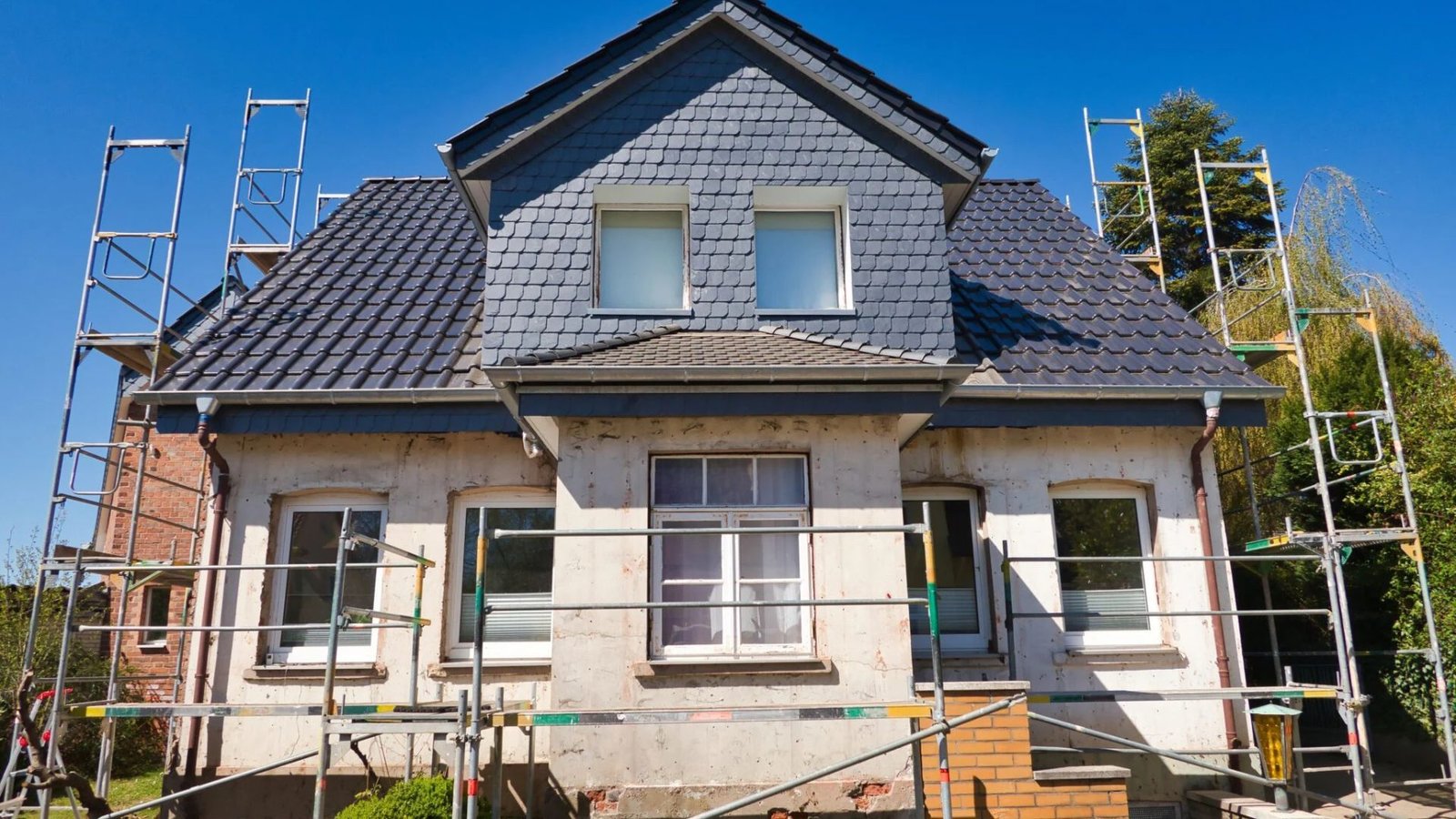Identifying delays in new construction timelines is crucial for any project manager or contractor. Delays can significantly impact budgets, worker morale, and overall project completion. By understanding how to spot these delays early, you can take steps to mitigate their effects. In this article, we’ll share effective strategies on how to identify delays in new construction timelines.
Understanding the Importance of Timelines
Before going into how to identify delays in new construction timelines, it’s important to grasp why timelines matter. A well-structured timeline acts as a roadmap for the project. It helps all team members understand their roles and responsibilities while providing a clear overview of the project’s progress. When timelines are not followed, it can lead to confusion, miscommunication, and, ultimately, project failure. Therefore, monitoring these timelines closely is essential.

Key Signs of Delays
Identifying delays in new construction timelines involves being alert to several key signs. Here are some of the most common indicators that your project may be falling behind schedule.
1. Missed Deadlines
The most obvious sign of delays is missed deadlines. If tasks are not completed on time, it’s a clear indication that the project is lagging. Regularly reviewing deadlines with your team can help you catch these issues early. When deadlines are missed, it’s essential to assess the reasons behind the delays and take corrective action.
2. Lack of Communication
Another indicator of potential delays is poor communication among team members. If workers are not regularly updated about changes or progress, confusion can arise. This often leads to mistakes and inefficiencies that slow down the project. Establishing clear communication channels and holding regular meetings can help ensure everyone is on the same page.
3. Resource Availability Issues
If materials or labor are not available when needed, this can cause significant delays. To identify these issues, regularly check your inventory and confirm that suppliers can meet your timelines. If there are potential shortages, address them immediately by sourcing alternative suppliers or adjusting project plans.
4. Weather Delays
Weather conditions can significantly affect construction timelines. Heavy rain, snow, or extreme heat can halt work altogether. Keeping an eye on the weather forecast and planning around potential weather disruptions can help you identify when these factors may delay the project.
5. Unforeseen Site Conditions
Sometimes, issues arise that are beyond your control, such as discovering unexpected soil conditions or utilities. When these unforeseen site conditions occur, it is essential to evaluate their impact on your timeline. Identifying these conditions early can help you adjust your schedule and resources accordingly.
Monitoring Tools for Identifying Delays
To effectively identify delays in new construction timelines, consider implementing monitoring tools. These tools can help you track progress and pinpoint issues before they escalate. Here are some tools that can be beneficial:
1. Project Management Software
Using project management software is one of the best ways to keep track of timelines. These tools allow you to set deadlines, assign tasks, and monitor progress in real time. By regularly updating the software, you can quickly identify delays and take necessary actions.
2. Gantt Charts
Gantt charts visually represent project timelines and tasks. By using Gantt charts, you can easily see which tasks are on schedule and which are behind. This visual tool helps you quickly identify delays and make adjustments to your plans.
3. Progress Reports
Regular progress reports can provide insight into how the project is advancing. These reports should highlight completed tasks, upcoming deadlines, and any delays encountered. Reviewing these reports regularly can help you stay informed about the project’s status and identify potential issues.
4. Daily Logs
Keeping daily logs of activities on the construction site can also help you track progress and identify delays. These logs should include information on weather conditions, labor hours, and materials used. By reviewing these logs, you can spot patterns that may indicate delays.
Taking Action on Delays
Once you identify delays in new construction timelines, it’s crucial to take action. First, assess the reasons behind the delays and develop a plan to address them. This may involve reallocating resources, adjusting deadlines, or improving communication among team members. Additionally, keep stakeholders informed about the status of the project and any changes made to the timeline.
Conclusion
In conclusion, knowing how to identify delays in new construction timelines is essential for keeping projects on track. By being aware of signs such as missed deadlines, lack of communication, and resource availability issues, you can proactively address problems. Utilizing monitoring tools like project management software and Gantt charts further aids in tracking progress. Ultimately, staying vigilant and taking immediate action when delays are identified will help ensure the success of your construction project.




